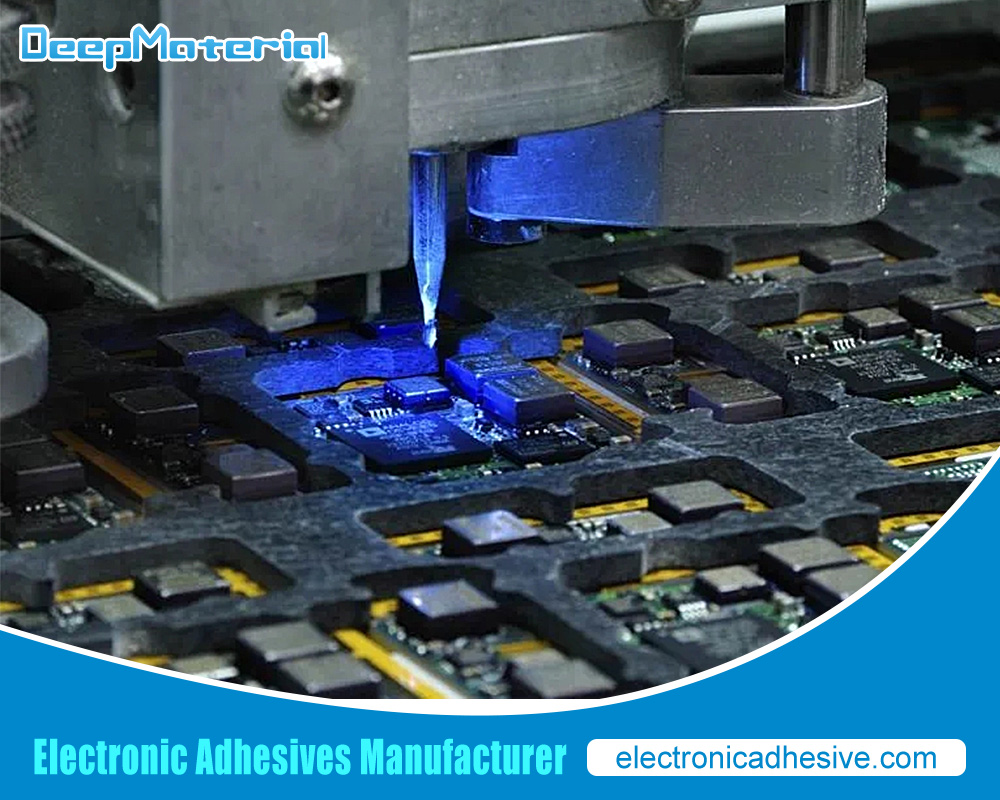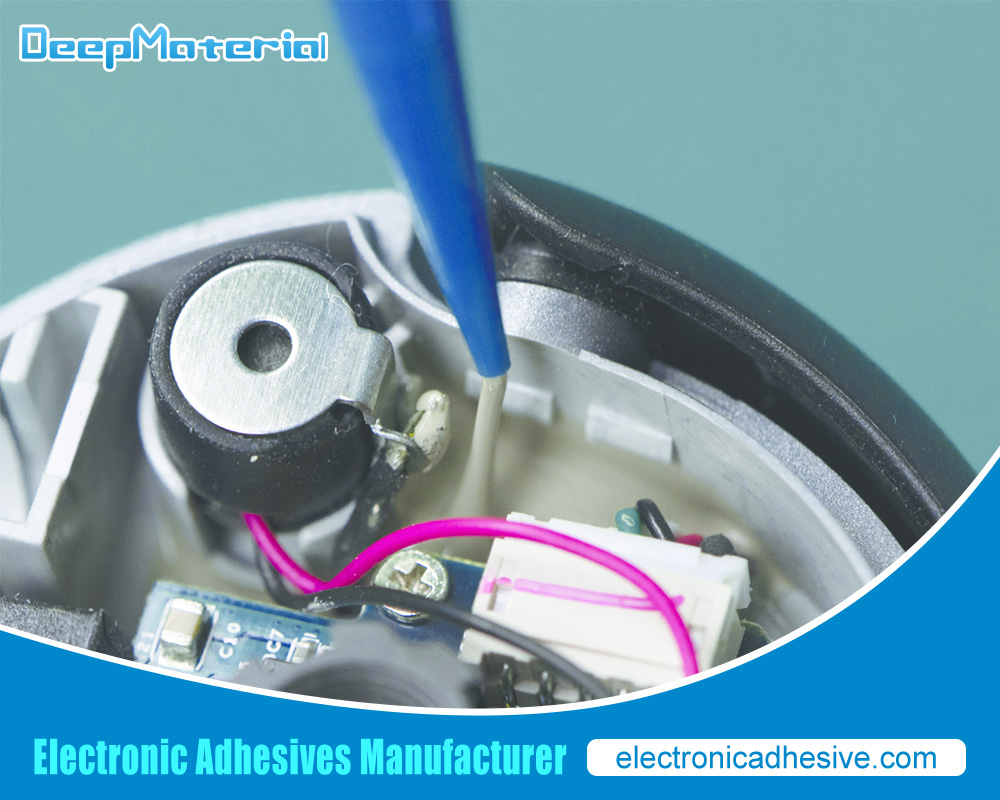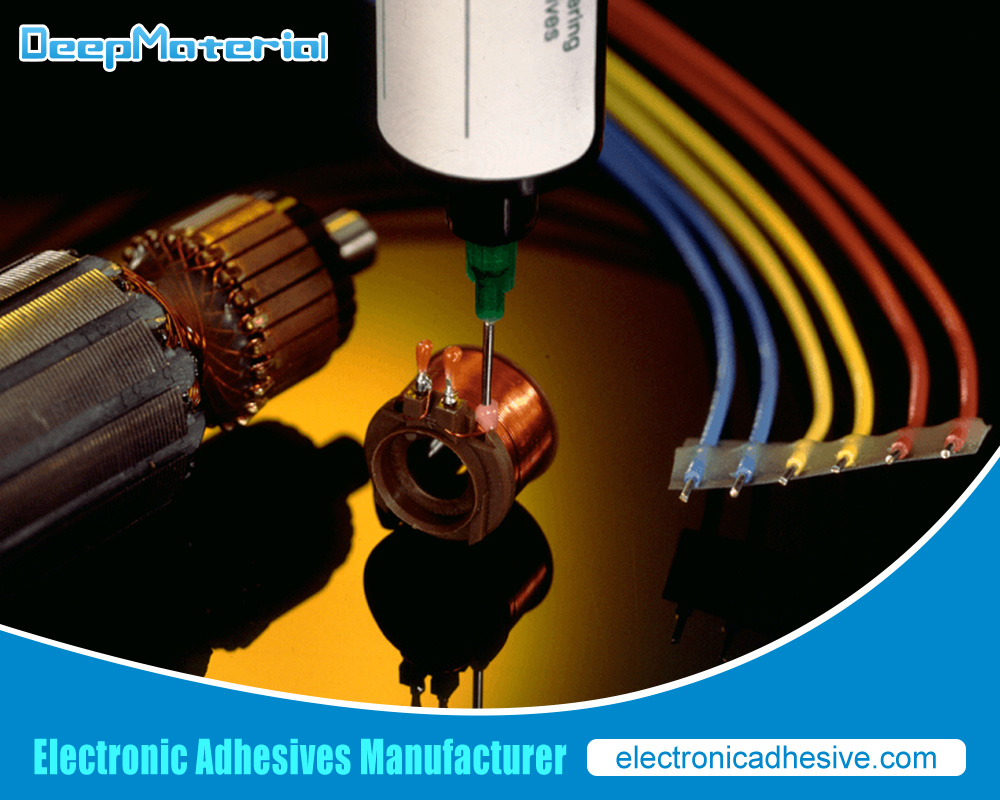Understanding the Chemical Properties of Electronics Assembly Adhesives
Understanding the Chemical Properties of Electronics Assembly Adhesives
Electronics Assembly Adhesives are very important in making electronic devices. They stick different parts together so the device stays whole and works right. It’s very important to know about the chemicals in these adhesives because it affects how well they work and last.
Types of Electronics Assembly Adhesives
There are a few different kinds of adhesives used to put electronics together. Each kind is special and used for different reasons. Epoxy adhesives are really strong and don’t let electricity pass through them. They are often used to stick parts like circuit boards together.
Acrylic adhesives stick to lots of things well and don’t get ruined by water or changes in temperature. These are used when you need something to be flexible and last a long time.
Silicone adhesives can handle very high temperatures and harsh chemicals. They are good at keeping electricity from passing through and are often used to seal or fill gaps.

Chemical Composition of Electronics Assembly Adhesives
What’s in these adhesives can change based on what they’re made to do. But, many have a resin, which is what makes them sticky. Resins can be made from epoxy, acrylic, or silicone.
They also have something called a hardener or curing agent, which makes the adhesive set and hold tight. There might also be other things added to make the adhesive better in some ways, like being more flexible or not getting hurt by sunlight.
Understanding the Bonding Mechanism of Electronics Assembly Adhesives
How these adhesives stick parts together involves a few steps. First, the adhesive needs to spread over the surface of the parts. This means the adhesive needs to really touch all of the surface. Sometimes, special chemicals or primers are used to help this happen.
Then, the adhesive hardens through a chemical reaction, which is often started by heat or moisture. When it hardens, the adhesive molecules link up in a special way that makes a very strong bond.
The strength of the bond can be affected by how clean and rough the surfaces are, how thick the adhesive is, and how it’s cured. It’s important to get these things right to make sure the bond is as strong and reliable as possible.
Factors Affecting the Chemical Properties of Electronics Assembly Adhesives
The chemical properties of electronics assembly adhesives can change based on different things. Things like the weather, how wet or dry it is, and being near chemicals can change how well these adhesives work. If it’s very hot, some adhesives set faster and stick better, which is good for hot places.
But, too much heat can make some adhesives not work right, so they can’t be used where it’s very hot. If it’s very wet, adhesives might not stick as well or might soak up the moisture. This is a problem when making devices that can’t get wet. How you clean and get the surface ready can also change how well adhesives work.
If you don’t clean the surfaces right or prepare them well, the adhesive might not stick well. So, it’s very important to make sure everything is clean and ready before putting the adhesive on. In short, many things can change how electronics assembly adhesives work. When making things with these adhesives, it’s important to think about these things to make sure everything works well.
Importance of Chemical Compatibility in Electronics Assembly Adhesives
Picking the right adhesives for putting electronics together is very important because some materials don’t go well together. If they don’t match, they could react and make the bond weak or even harm the parts being stuck together.
For instance, some adhesives could react with metals or plastics and make them break down. You have to think about if the adhesives will react with the materials they will touch when you’re putting things together.
Impact of Temperature and Humidity on Electronics Assembly Adhesives
How hot or cold it is, and how wet or dry it is, can really change how well adhesives for putting electronics together work. If it’s very hot or cold, adhesives might not be as sticky or might break easier, while a lot of moisture can make them less strong.
Different adhesives work best in different weather and moisture conditions. It’s important to choose adhesives that work well where the device will be used.
Chemical Resistance of Electronics Assembly Adhesives
Being able to stand up to chemicals is also very important for adhesives used in putting electronics together, especially if the devices might touch harsh chemicals. Good adhesives can be around things like cleaning stuff, acids, or oils without getting worse or less sticky.
Some common chemicals that these adhesives need to handle include oils, cleaning stuff, and different chemicals used in industries. It’s very important to pick adhesives that won’t get ruined by the chemicals the device will be around during its life.
Adhesive Curing and Its Effect on Chemical Properties
When adhesives used in putting electronics together get hard, it’s a big deal for how they work. This hardening is called curing. It happens when the glue changes from being sort of liquid to solid because of heat, moisture, or both.
Curing changes a lot of things about the glue, like how strong it is, how bendy it is, and how well it stands up to things like weather. Making sure the glue cures right is very important. It makes the glue stick really well and makes sure it will last a long time.
Testing and Evaluation of Electronics Assembly Adhesives
Checking how well these glues work is a must-do. There are many tests to see how strong the glue is, how much it can bend, how well it keeps out chemicals, and how it deals with heat.
Tests like seeing how much weight glued parts can hold, how easy or hard it is to pull them apart, and how well they hold up over time are common. These tests help people who make stuff figure out which glue is best for what they’re making and make sure the glue does what it needs to do.

Future Developments in Electronics Assembly Adhesives
The world of glues for electronics is always getting better. Researchers are always working on making glues work better and coming up with new ways to make them.
A cool new thing is adding tiny materials to glues to make them even stronger, last longer in hot or cold, and even conduct electricity better. Also, new ways to make glue harden faster, like using light, are being worked on. This could make making things faster and more efficient.
In the end, knowing all about the chemicals in glues for electronics is super important for making sure electronic things work right and last long. There are many kinds of glues, each with its own special uses. The stuff that makes up the glue, how it hardens, and how it deals with things like heat and water all matter a lot.
Making sure to test glues to see how well they work is key. And as new ways to make and use glues are found, things can only get better for making electronics. Staying up-to-date with these changes helps people who make electronics pick the best glues for their products.
For more about understanding the chemical properties of electronics assembly ahesives, you can pay a visit to DeepMaterial at https://www.electronicadhesive.com/ for more info.











